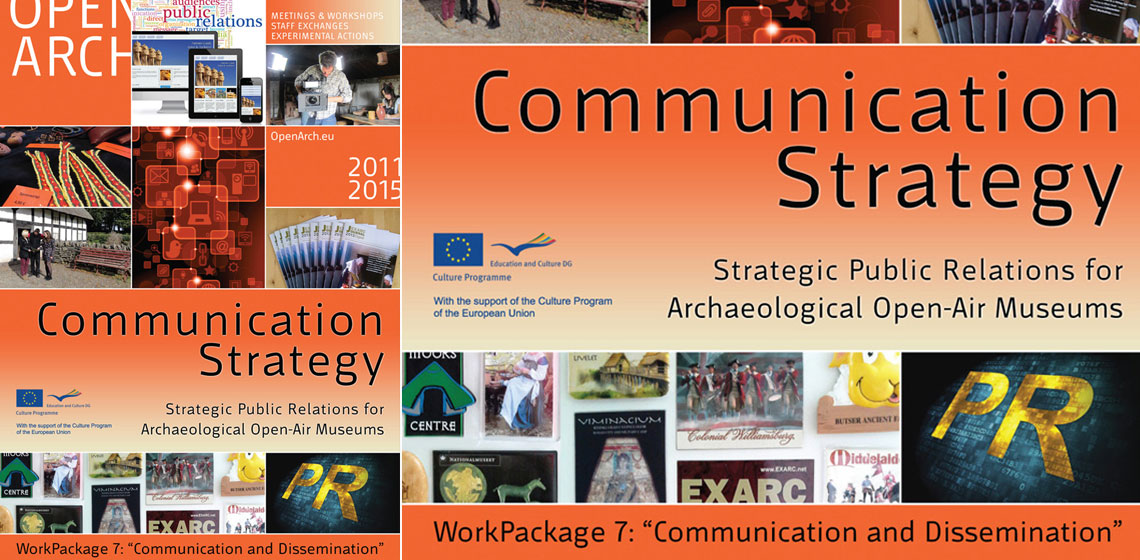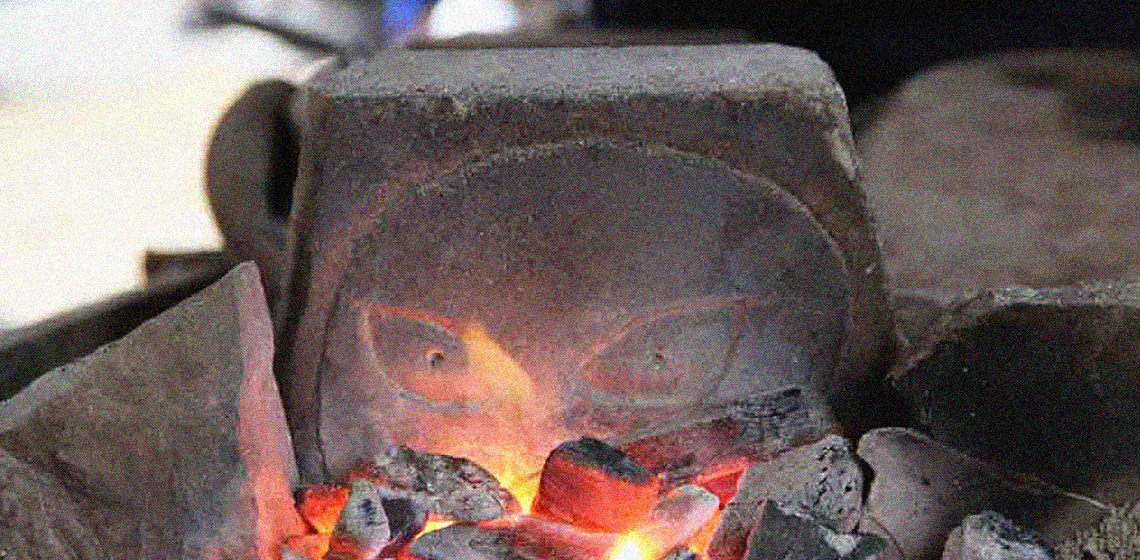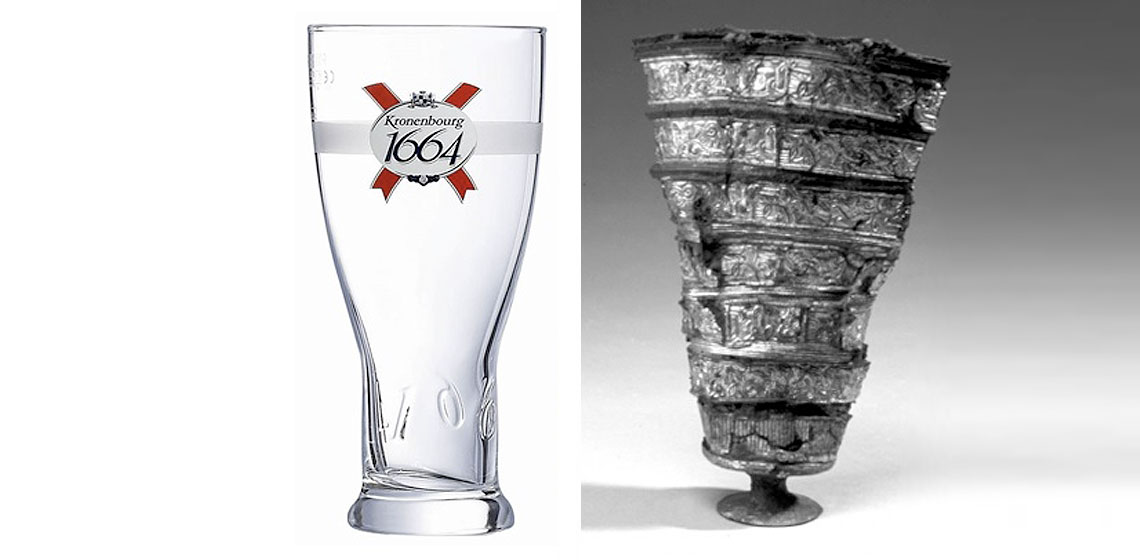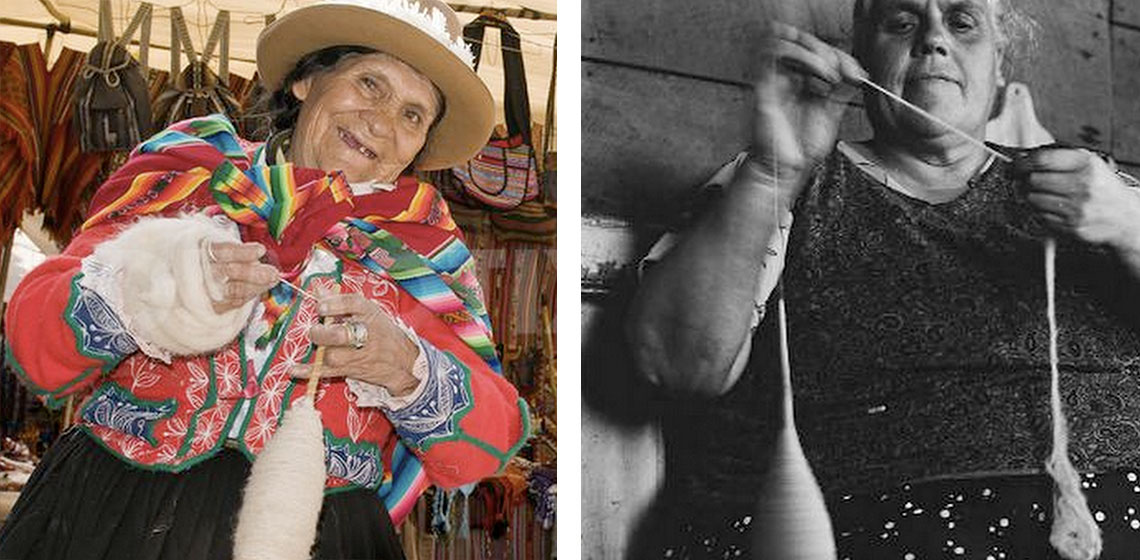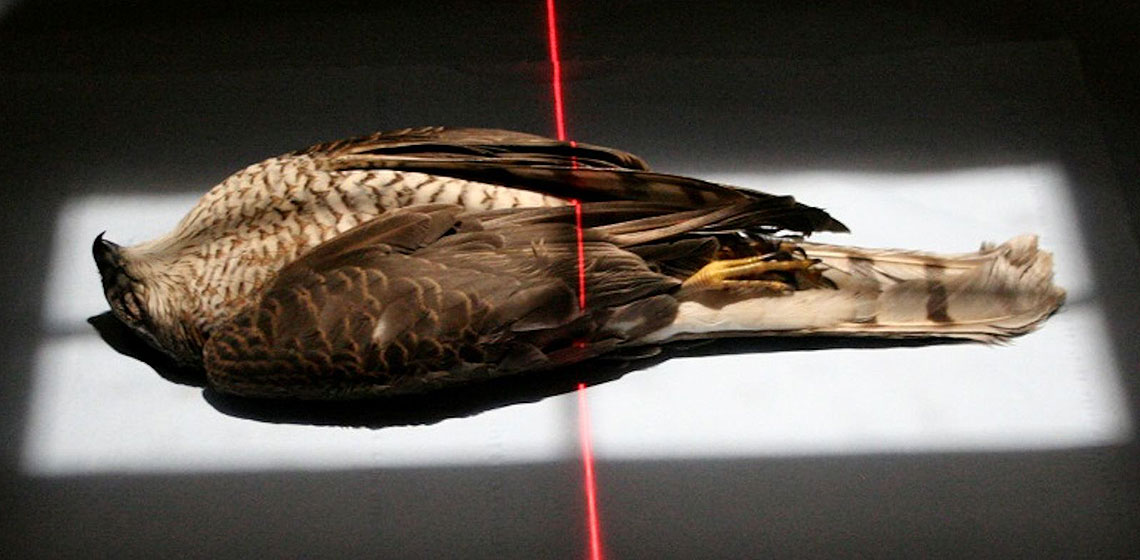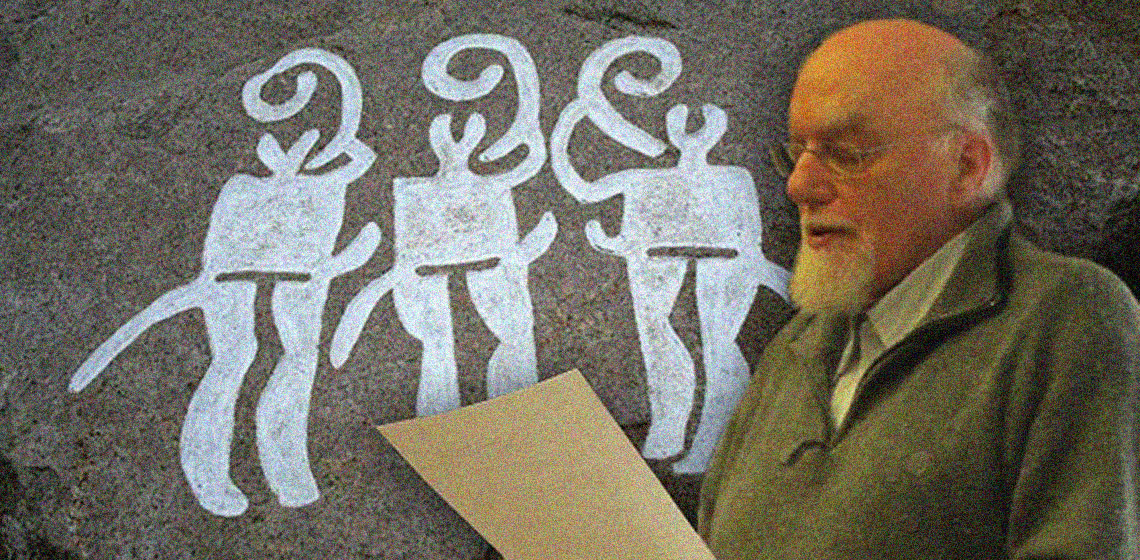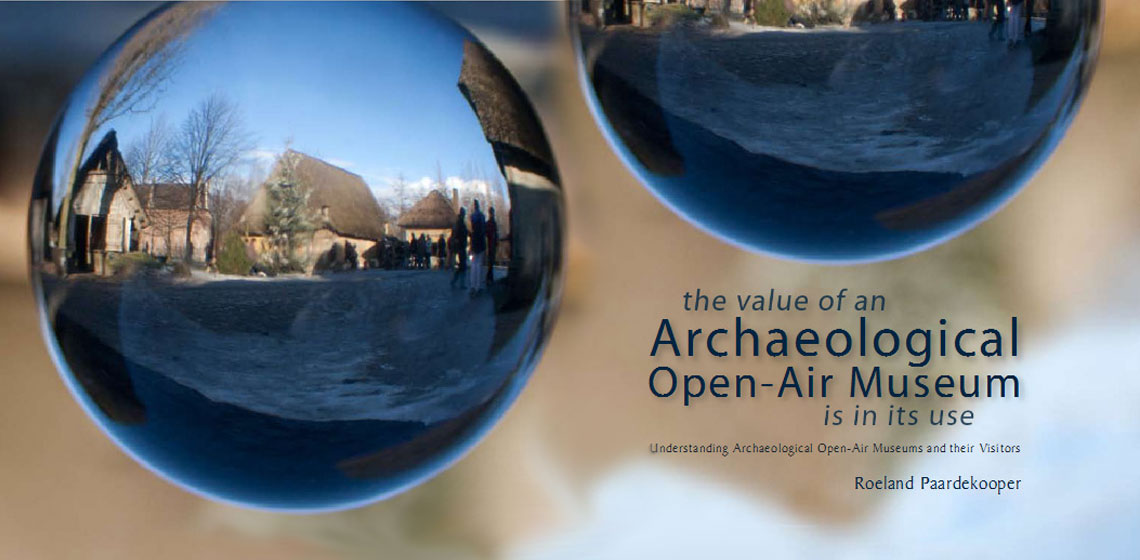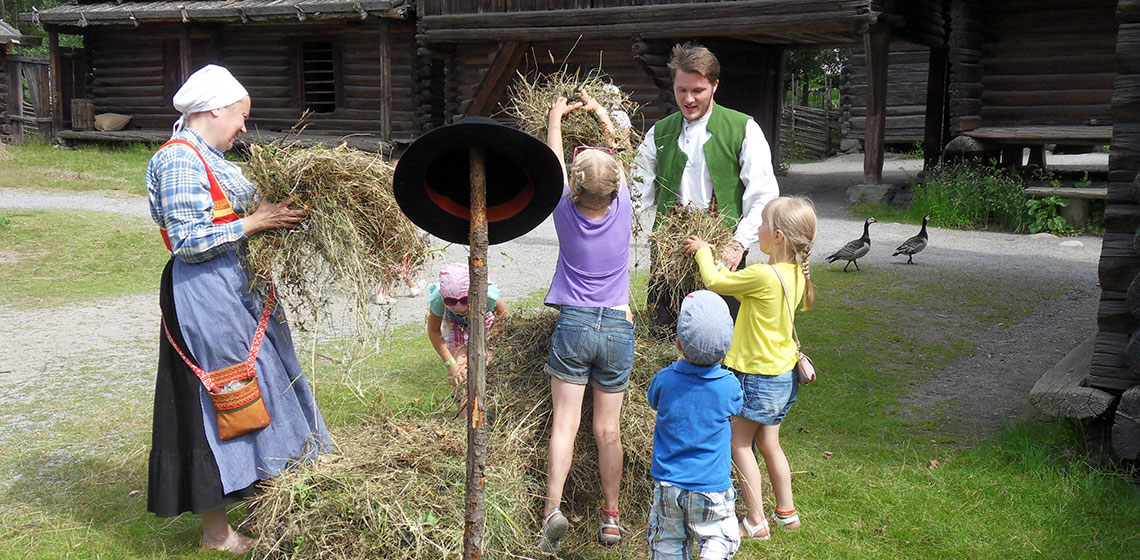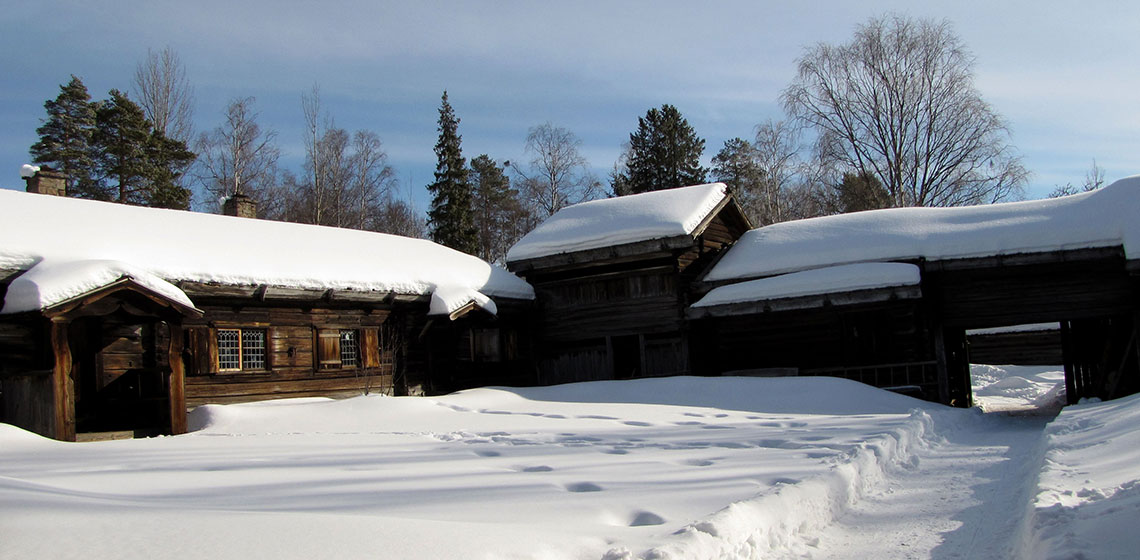Newest Era
Book Review: Communication Strategy–Strategic Public Relations for Archaeological Open-Air Museums by M.A. Zielinska and R.P. Paardekooper
Publication Date
How a museum communicates to its audience has changed significantly in the past decades. With the introduction of the Internet and the creation of social media sites such as Facebook, Twitter and Instagram, social media has become an integrated part of the everyday life of the majority of museum visitors...
Conference Review: Reconstructive & Experimental Archaeology Conference REARC 2013
Publication Date
REARC Conferences
***This article is republished from the Bulletin of Primitive Technology #46. The 4th Annual Reconstructive and Experimental Archaeology Conference was recently held in Gastonia, NC at the Schiele Museum of Natural History. The conference theme was Education and Reconstructive and Experimental Archaeology...
***This article is republished from the Bulletin of Primitive Technology #46. The 4th Annual Reconstructive and Experimental Archaeology Conference was recently held in Gastonia, NC at the Schiele Museum of Natural History. The conference theme was Education and Reconstructive and Experimental Archaeology...
From Mead to Snakebite - An Ethnography of Modern British University Sports Team Drinking Culture and its Parallels with the Drinking Rituals of the Viking World
Publication Date
7th UK EA Conference Cardiff 2013
***The idea for this paper came, as these things often do, in a bar. The interesting twist was that instead of being an inebriated patron, I was actually working behind the bar observing the scenes of intoxicated students with a bemused expression. What began as a joke...
***The idea for this paper came, as these things often do, in a bar. The interesting twist was that instead of being an inebriated patron, I was actually working behind the bar observing the scenes of intoxicated students with a bemused expression. What began as a joke...
Variables and Assumptions in Modern Interpretation of Ancient Spinning Technique and Technology Through Archaeological Experimentation
Publication Date
This paper takes the form of a critical analysis of archaeological experiments using spinning tools. The archaeological experiments regarding whorl weight and wool spinning of the Tools and Textiles – Texts and Contexts project, through the Danish National Research Foundation’s Centre for Textile Research, are examined with respect to a number of variables...
The Mummification of Votive Birds: Past and Present
Publication Date
7th UK EA Conference Cardiff 2013
***A mummy is defined as a ‘well-preserved dead body’ (Cockburn, Cockburn & Reyman 1998, 1), achieved by either natural or anthropogenic methods and refers to both human and animal subjects. Mummies achieved through both these methods are found in ancient Egypt as a result of preservation through desiccation, achieved by direct contact between the corpse and a dry, sandy matrix (natural); or through the use of natron (anthropogenic), coupled with evisceration (the removal of the internal organs) and anointment with resinous compounds, followed by wrapping the corpse in layers of linen (Ikram and Dodson 1998; Taylor 2001).
***A mummy is defined as a ‘well-preserved dead body’ (Cockburn, Cockburn & Reyman 1998, 1), achieved by either natural or anthropogenic methods and refers to both human and animal subjects. Mummies achieved through both these methods are found in ancient Egypt as a result of preservation through desiccation, achieved by direct contact between the corpse and a dry, sandy matrix (natural); or through the use of natron (anthropogenic), coupled with evisceration (the removal of the internal organs) and anointment with resinous compounds, followed by wrapping the corpse in layers of linen (Ikram and Dodson 1998; Taylor 2001).
“You could See it [the Past] in your Mind”: What Impact might Living History Performance Have on the Historical Consciousness of Young People?
Publication Date
Combining theoretical perspectives with two case studies carried out in 2008 with British students aged from 10-17 years old, this paper will explore how living history might contribute to the development of young people’s historical consciousness and help them to cope with the social and cultural differences which confront them when learning about the past. In particular, it will focus on the effectiveness of first- and third-person interpretation.
Conference Review: A Trip to the Birthplace of Experimental Archaeology
Publication Date
Summer is already coming to an end, but in experimental archaeology, season is not important. Following the conclusion of a field course in experimental archaeology held in the University of Latvia, it is hoped that a short report and perhaps a more detailed article will be produced in the future...
Book Review: The Value of an Archaeological Open-Air Museum is in its Use by Roeland Paardekooper
Publication Date
With publication of Dr Paardekooper’s monograph we now, finally, have a secure databank of facts and figures relating to archaeological open-air museums in Europe, including management structures, key financial indicators, visitor profiles and visitor numbers...
120 Years of Strategies and Experiences in Educational and Handicraft Skills
Publication Date
OpenArch Dialogue with Skills Issue
***One aim of the five year EU-funded Culture Project OpenArch is to encourage cooperation between archaeological open-air museums in Europe and ethnological open-air museums who have a long history of presenting and handicraft to the public in practical ways...
***One aim of the five year EU-funded Culture Project OpenArch is to encourage cooperation between archaeological open-air museums in Europe and ethnological open-air museums who have a long history of presenting and handicraft to the public in practical ways...
People Want Quality and They are Willing to Pay for it
Publication Date
The international and European notion of cultural and creative industries has not shown much appreciation of the potential of the cultural sector, especially the heritage sector. This may or may not be fair, but the perspective in the conclusions from KEA studies on cultural economy and creativity has been symptomatic for the European approach (KEA 2006; 2009)...

